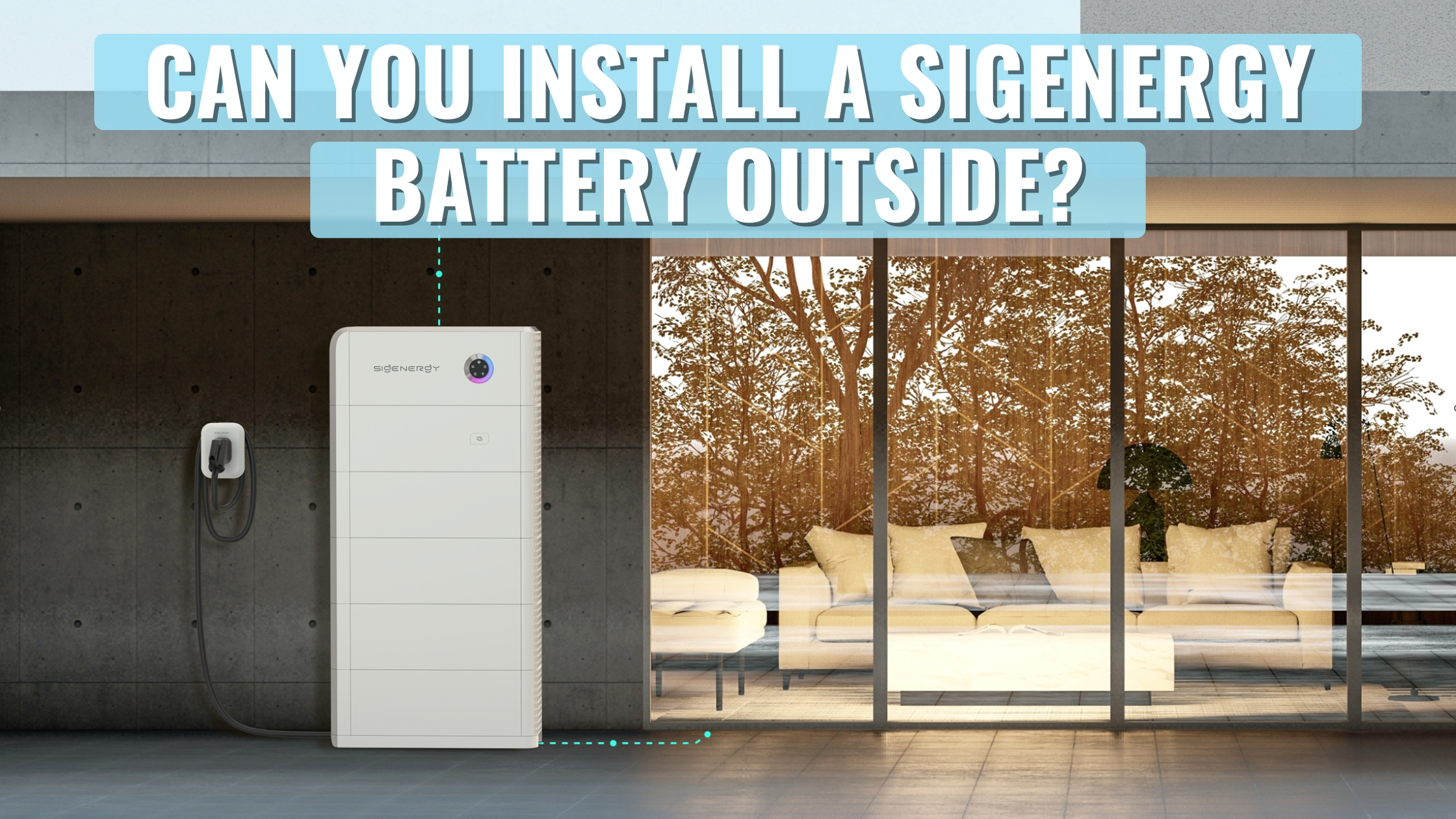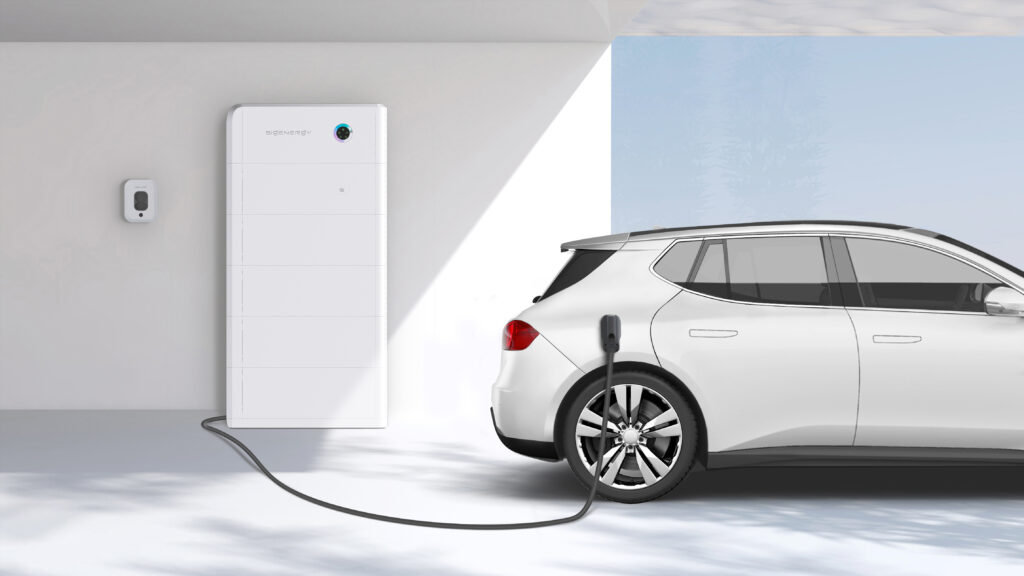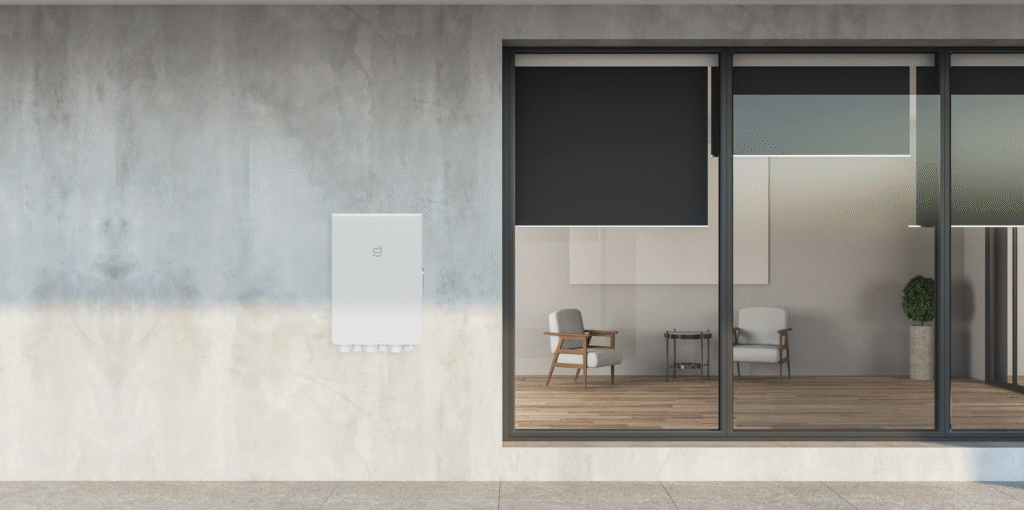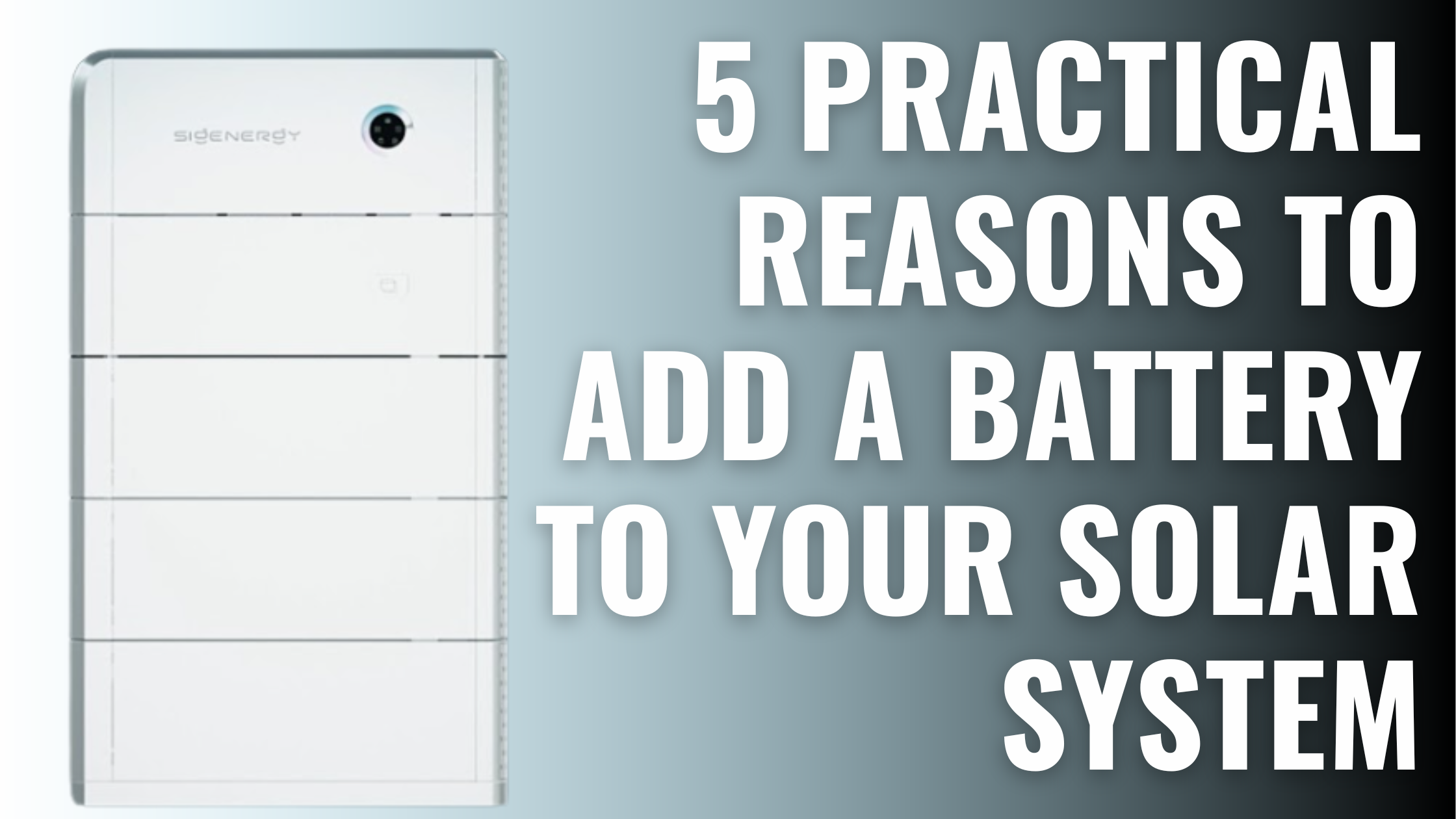
Written by Donna Wentworth
Last Updated: May 30, 2025
Can You Install a Sigenergy Battery Outside?
When it comes to solar batteries, one of the first questions you might ask is, “Can I install it outside?” It’s a practical consideration. After all, outdoor installation saves precious indoor space. However, you might wonder if it’s safe, efficient, or even recommended. If you’re eyeing a Sigenergy battery for your home, you’ll want to know how it holds up to outdoor conditions and whether it’s built to last.
At Lenergy, we’re committed to helping you navigate all your questions about solar battery installation. Our Sigenergy battery is a popular choice for homeowners, offering cutting-edge features and reliable performance.

In this article, you will learn:
Let’s explore whether Sigenergy batteries are designed for outdoor use, the factors to consider, and expert tips to make the most of your installation. By the end, you’ll have a clear answer and peace of mind about your choice.
Are Sigenergy Batteries Designed for Outdoor Use?
The short answer is yes. Sigenergy batteries are designed with outdoor use in mind. These batteries come equipped with features specifically tailored to handle external conditions, making them a versatile option for homes with limited indoor space.
Weatherproofing and Durability
Sigenergy batteries are built to withstand various environmental factors. They feature robust, weatherproof enclosures with an IP rating of 66 which means it is completely protected against dust, and water projected from powerful jets from any direction. This means they can handle everything from rain showers to high winds, depending on the specific model’s rating.
Temperature Tolerance
Another essential feature of Sigenergy batteries is their wide operational temperature range -20 to 55 °C . This makes them suitable for outdoor environments, even in places with fluctuating weather. However, extreme temperatures—both hot and cold—may affect performance over time if not managed properly.
Designed for Safety
Outdoor installations demand high safety standards, and Sigenergy batteries deliver. These batteries incorporate advanced safety mechanisms, such as thermal management systems and fault detection, ensuring reliable operation even when exposed to external conditions.
In short, Sigenergy batteries are built to perform outdoors, but their effectiveness depends on proper installation and site selection. In the next section, you’ll learn about the key factors to consider when installing one outside.

Factors to Consider for Outdoor Installation
While Sigenergy batteries are designed for outdoor use, proper planning is essential to ensure they function safely and efficiently. Here are the key factors you need to consider:
1. Climate and Environmental Conditions
- Rain and Humidity: Ensure the battery’s location has sufficient protection against heavy rainfall or prolonged humidity, even if it’s weatherproof. Installing under a covered area like an awning can help.
- Temperature Extremes: While Sigenergy batteries handle a range of temperatures, extreme heat or cold can impact performance. If you live in an area with harsh weather, consider additional insulation or cooling mechanisms.
2. Location and Accessibility
- Shaded and Ventilated Areas: Place the battery in a spot that’s shaded and well-ventilated to maintain optimal operating temperatures. Avoid direct sunlight, as it can lead to overheating.
- Accessibility for Maintenance: Choose a location that allows easy access for inspections, repairs, or upgrades. This is especially important for outdoor setups, where conditions may lead to faster wear and tear.
3. Safety Precautions
- Distance from Living Areas: Follow guidelines to maintain a safe distance from bedrooms or living spaces. Batteries, although safe, should be installed in line with the Australian Standards pertaining to battery energy storage systems AS/NZS 5139:2019.
- Flood Risk: Avoid installing in low-lying areas prone to flooding, as water damage can compromise both performance and safety.
4. Compliance with Local Regulations
Outdoor installations must adhere to local council and safety regulations. Check if permits or specific installation standards apply to battery systems in your area. Working with a certified installer can ensure compliance and peace of mind.
By addressing these considerations, you can maximise the performance and longevity of your Sigenergy battery, making outdoor installation a reliable option. Next, we’ll dive into the pros and cons of indoor versus outdoor installation to help you weigh your choices.

Indoor vs. Outdoor Installation: Pros and Cons
Deciding whether to install your Sigenergy battery indoors or outdoors depends on your home’s layout, climate, and personal preferences. Let’s break down the advantages and drawbacks of each option.
| Installation Type | Pros | Cons |
| Indoor Installation | Enhanced Protection: Indoors, your battery is safe from weather extremes, reducing the risk of damage from rain, snow, or UV exposure. Stable Temperatures: Indoor environments typically offer more consistent temperatures, which can enhance battery performance and lifespan. Simpler Maintenance: Being inside means easier access for routine checks, cleaning, or upgrades | Space Requirements: Indoor setups take up valuable room, which may not be ideal if your home has limited storage or utility space. Ventilation Challenges: Some batteries require specific ventilation measures, which may require modifications to your indoor space. |
| Outdoor Installation | Space-Saving: Installing outdoors keeps your indoor space free for other uses. Flexible Placement: Outdoor setups allow for more placement options, particularly for homes with spacious yards or external storage areas. Convenience for Existing Solar Systems: Typically main switchboards and solar inverters are also outside. It can also be placed inside but placing the battery nearby can reduce wiring complexity and costs. | Weather Exposure: Exposed to weather conditions, which can impact performance if not properly managed. Additional Safety Measures: Outdoor setups may require extra considerations, like enclosures or elevated mounts, to protect against flooding, pests, or tampering. |
By understanding these pros and cons, you can choose the setup that aligns with your needs and environment. Next, let’s explore expert tips for optimising outdoor installation so you can get the best results from your Sigenergy battery.
Expert Tips for Installing a Sigenergy Battery Outside
Outdoor installation of a Sigenergy battery can be a smart choice when done correctly. To ensure your battery operates at its best and lasts as long as possible, here are some expert tips to follow:
1. Choose the Right Location
- Elevated Placement: Install the battery on a raised platform only if you’re located in a flood prone area
- Avoid Direct Sunlight: Prolonged exposure to sunlight can cause overheating. Aim for a shaded spot, like under an awning or in a naturally shaded area of your property.
- Wind Protection: In areas prone to high winds, consider installing a protective barrier or anchoring the battery securely to prevent movement.
2. Invest in a Protective Enclosure
If the battery is installed under direct sunlight, we recommend covers with ample ventilation to prevent overheating.
3. Work with a Certified Installer
A licensed and experienced solar installer like Lenergy ensures the battery is mounted and connected properly, reducing risks associated with improper setup. They will also be familiar with local regulations and can guide you through the compliance process.
4. Monitor the Battery Regularly
Outdoor batteries are more exposed to environmental factors, making routine maintenance critical. Regularly check for:
- Signs of Wear: Look for corrosion, loose connections, or visible damage.
- Temperature Management: Use monitoring systems to ensure the battery is operating within the recommended temperature range.
5. Plan for Extreme Weather
If you live in an area prone to extreme weather, consider these additional measures:
- Surge Protectors: To safeguard against electrical spikes caused by storms.
- Backup Power Planning: Ensure the battery is integrated into your home’s backup system to maintain power during outages.
By following these expert tips, you can maximise the performance and lifespan of your Sigenergy battery while enjoying the benefits of an outdoor installation. In the final section, we’ll summarise the key points to help you make an informed decision.

Should You Install the Sigenergy Battery Outside? Making the Right Choice for Your Home
Installing a Sigenergy battery outside is not only possible but can be a practical solution for many homeowners. With their weatherproof design and robust safety features, these batteries are well-suited to handle outdoor conditions. However, the success of an outdoor installation depends on careful planning—considering factors like location, climate, and proper protection.
If you’re looking to free up indoor space while keeping your solar system running smoothly, outdoor installation might be the perfect choice for you. By following expert tips and working with a certified installer, you can ensure your battery performs efficiently and safely for years to come.
So, can you install a Sigenergy battery outside? Absolutely. With the right setup, your battery will be ready to power your home, rain or shine.








